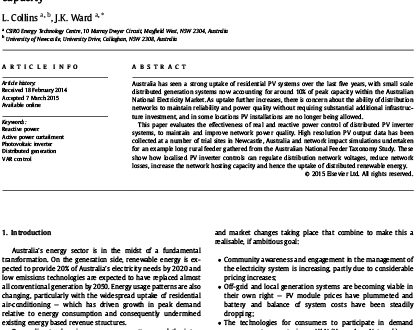This paper evaluates the effectiveness of real and reactive power control. of distributed PV inverter systems. to manage network voltage rise problems while avoiding excessive curtailment of potential solar generation capacity. High resolution PV generation. customer load and network voltage data has been collected at a number of trial sites in Newcastle. Australia and forms the basis for simulation models used. Network impact simulations were undertaken on both a small example problem and for a long rural feeder from the Australian National Feeder Taxonomy Study. For given nominal voltevar and voltewatt power quality functions. seven different implementations were described and investigated. These occur due to the use (or not) of the reactive power function and different treatments of the interaction of these power quality functions with the inverter apparent power limits and the choice of either referencing the response to the current operating conditions or to the inverter rating. Using these power quality management functions. PV inverters are able to regulate distribution network voltages and reduce network losses. The result of this is an increased network hosting capacity. facilitating the continued uptake of distributed renewable energy.

 Iran Energy News Oil, Gas, Petrochemical and Energy Field Specialized Channel
Iran Energy News Oil, Gas, Petrochemical and Energy Field Specialized Channel



